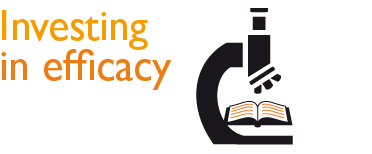Quality, efficacy and usability
Pearson's transition from textbook publisher to education technology and service provider is a major strategic change. Where we once sold products to education institutions, we now also provide services to help them and their students succeed. That means we are becoming more directly involved in the process of learning, and more accountable for outcomes.
We are devoting significant resources to improving student success and institutional effectiveness. For example, our usability lab allows Pearson instructional design teams and researchers to develop and improve our programmes. Building on this approach, we opened the Pearson iDEA Innovation Centre, a digital laboratory focused on user-centred design, software usability testing, and efficacy research for use by the business globally.
Case study: Pearson North America
A distinguishing characteristic for us is our ongoing significant investment in research and efficacy.

We are the only educational instruction provider to consistently employ randomised control trials – the gold standard in research – to determine the effectiveness of our curricula in the classroom and to evaluate the impact on student learning. We commission independent third-party research firms to work with school districts across the US to conduct these efficacy studies that use the same rigorous scientific model that the Department of Education's What Works Clearinghouse requires.
Case study: MyLabs
MyLabs digital learning, homework and assessment programmes grew by 33% to eight million students registered in 2010. Evaluation studies show the efficacy of the model.
For MyMathLab, institutions across the United States are reporting pass-rate increases of 30% to 40%, and at less cost to the institution than traditional courses.



